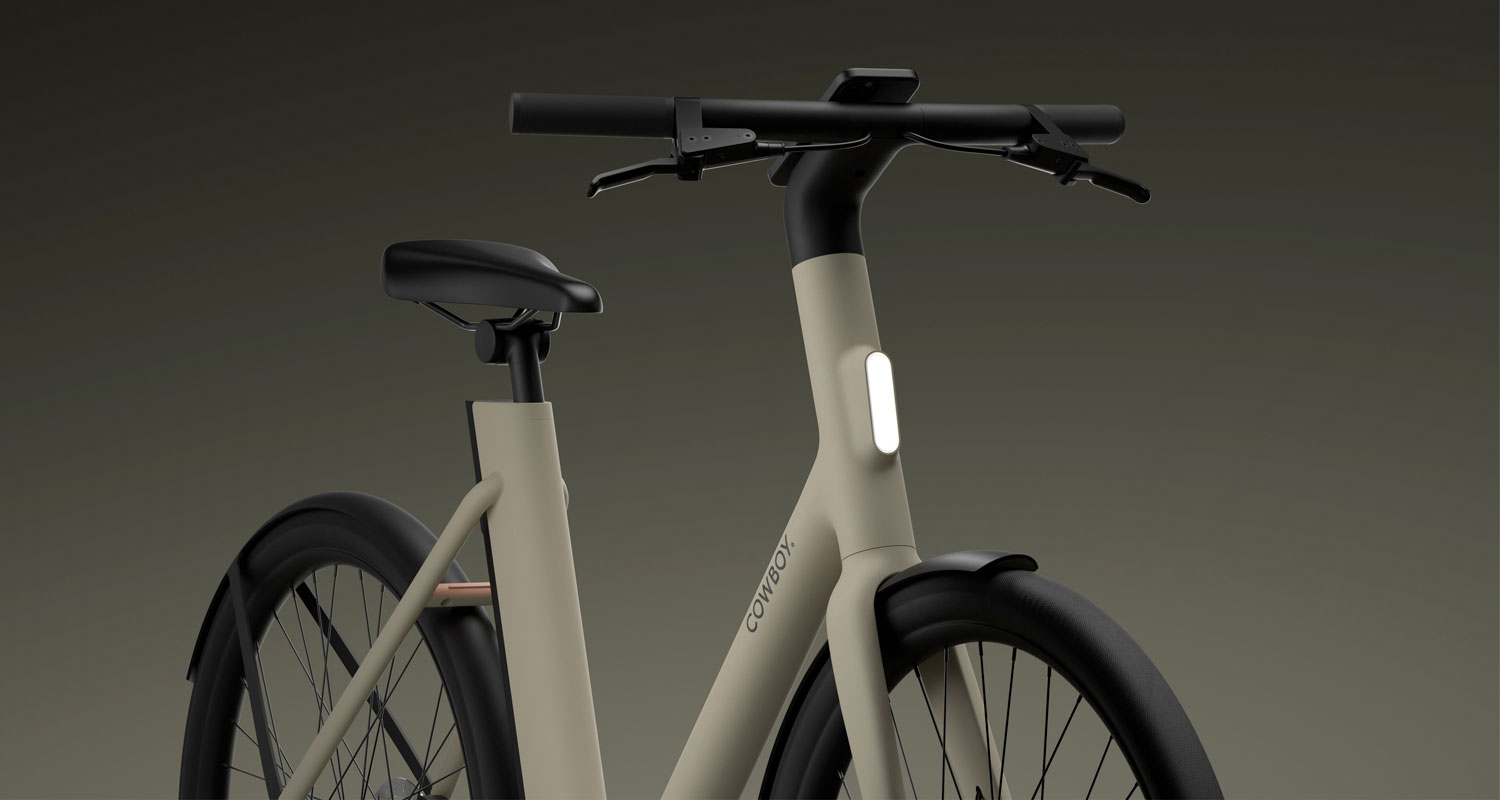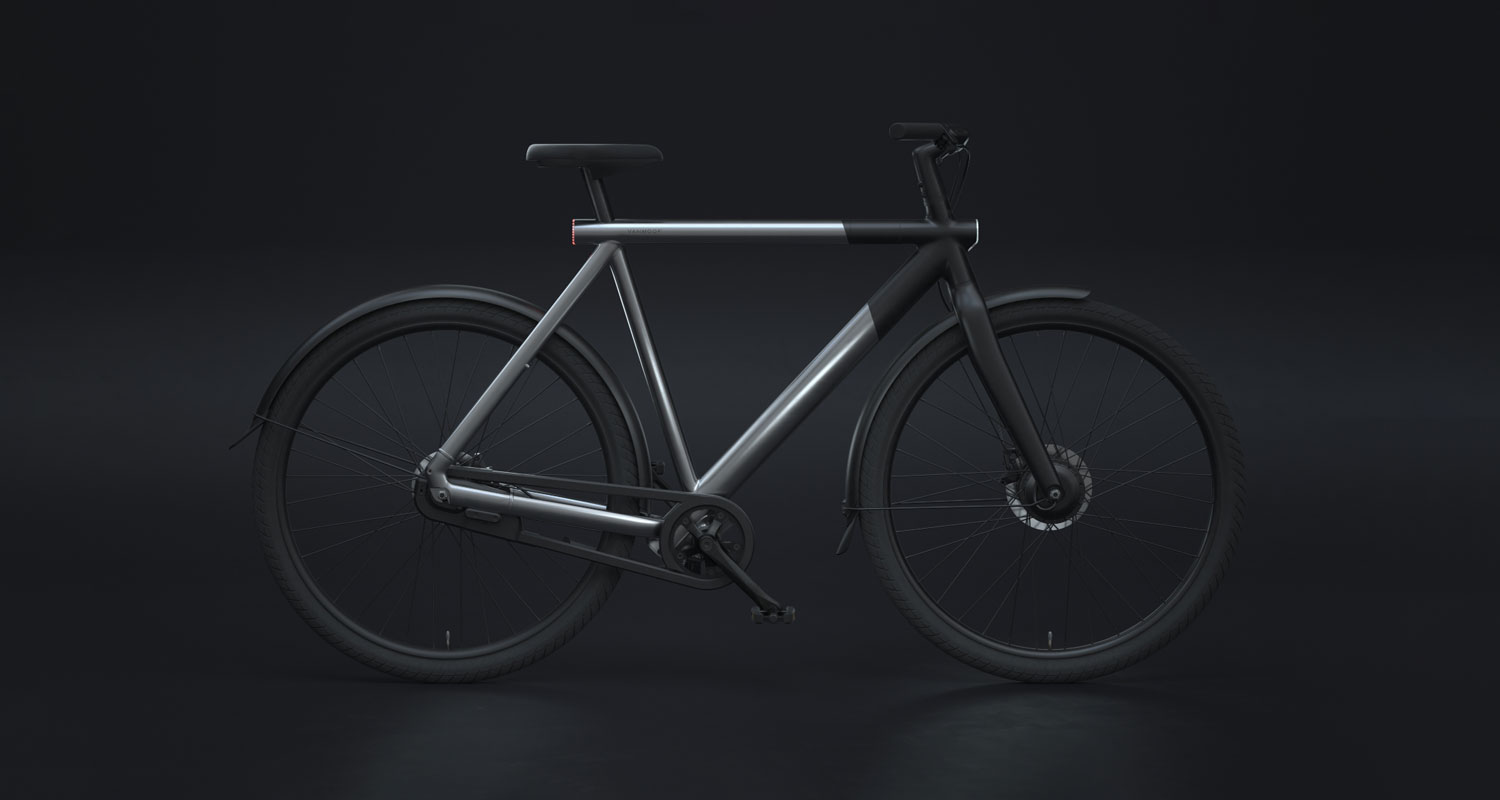
For seven years, Horace Dediu has been thinking about one idea almost every day. A longtime handset industry analyst and avid Apple follower, Dediu, 54, also popularised the term “micromobility” to describe a growing array of small, non-car electric vehicles. His obsession is at the intersection of all those interests: Dediu is convinced that Apple should make an e-bike, or something like it.
“I fundamentally believe there’s no better product for Apple in mobility than micromobility,” Dediu says. “It is so Apple, so Jobs-ian that it just smacks you in the face… Steve would have been all over this.”
It’s an open secret that Apple has spent nearly a decade working on a car. Project Titan, as it’s known internally, aims to get a self-driving EV on the market by 2025. Ostensibly, the idea makes sense. Apple sits on a pile of cash bigger than GM, Toyota and Volkswagen combined. It produces battery-powered hardware at a colossal scale and eye-popping profit margins. And it already inhabits the dashboards of millions of drivers using its CarPlay software. In September, consumer research shop Strategic Vision published a survey showing that more people would “definitely consider” buying a car from Apple than Tesla. Without so much as a rendering of a vehicle, Apple beat all but two (Toyota and Honda) of the more than 45 brands included in the poll.
But building a car is harder than it sounds. The odds of any company selling a self-driving passenger vehicle in 2025 are close to zilch, and anything less than that puts Apple in an already crowded marketplace. It’s a no-win situation that has churned through executives in Cupertino.
In the meantime, e-bikes have been booming, with plenty of room left to grow. There is no feasible path to net zero emissions that does not include a proliferation of light electric vehicles. And this presents Apple with the chance to do something it hasn’t done since the iPhone: make a category-defining product that also rewires how people relate to time and space.
For now, there’s no evidence that Apple is working on an electric bike, and the company didn’t respond to a request for comment — although Apple did file a patent to integrate an iPod with a bike 12 years ago. In an earnings call last year, CEO Tim Cook said Apple leadership asks two questions about possible new products: 1) Is it something they would want to use themselves? and (2) Is there a big enough market? Given this framework, it’s not surprising that a tech giant with executive ranks full of California commuters would pursue a car. “They are definitely drivers out there,” says Dediu.
Archaic
But the personal car, even electrified, is an increasingly archaic idea — a hulking, overlarge, complicated piece of hardware that endures because people are trapped in a legacy infrastructure network. Cars are also extractive to build, expensive to maintain and store, dangerous to operate, and generally not a very efficient way to move people. They’re the landline of transportation. Forward-thinking cities and citizens are looking for ways to ditch them.
“Apple changes the way people think about the world and how they interact with the world,” says Tony Fadell, a former Apple executive who helped to create the iPod and later co-founded the thermostat start-up Nest Labs. “Doing another car is not that. It doesn’t change much of how we live. Apple’s strength is going to be getting people to think about different ways of being mobile — on two-, and three- and lightweight four-wheel vehicles.”
As for market size: global e-bike sales, by one estimate, will cross US$40-billion by 2030. That’s puny next to a rapidly electrifying car market: in the US alone, car makers sold more than 15 million cars last year at an average transaction value near $50 000. (Prices for e-bike vary wildly, but an average commuter model goes for around $2 600.) On a global scale, though, it’s clear that the future of electric vehicles favours the small. BloombergNEF estimates that by 2040 there will be over 750 million electric two- and three-wheelers on the road globally, and 700 million electric cars.
As a practical matter, there’s also more open space in micromobility. “If you look at the automobile world, there’s all kinds of regulations and rules and established practices; same thing for motorcycles. For electric bikes, there’s not much,” says Ed Benjamin, founder and chairman of the Light Electric Vehicle Association. “You want to be innovative? Here’s a place that is wide open for innovation.”

Even the name of the product category is up for grabs. Benjamin argues that “electric bike” is akin to “horseless carriage”, a transitional term for a novel technology that will almost certainly evolve into something else. Today’s electric bikes are basically just that — bikes with electric motors attached — but there’s a Cambrian explosion of small battery-powered vehicles. “What are these things going to be in 20 years? I don’t know, but I’m pretty sure it’s going to be different,” says Benjamin. “There are some incredibly talented people that work at Apple. Maybe one of them does have a clear idea.”
There’s an opportunity, as Jobs once put it, to figure out what people are going to want before they do and show it to them.
Some companies are already building high-end e-bikes that are essentially iPhones on two wheels. Dutch start-up VanMoof and its Belgian competitor Cowboy, whose latest models start at more than $3 000, are prime examples. Both make bikes with mounts on the handlebars that enable riders to use their smartphones as dashboards that display maps, velocity and battery charge. Riders can also use their phones to lock and unlock the bikes and to track them if they are stolen. These e-bikes even look like iPhones — batteries and other electronic guts are encased in simple, monochromatic exteriors — and work like iPhones, with motors that kick in automatically and sensors that set the level of assistance so riders don’t have to fiddle with buttons or dials.
“VanMoof is probably the most innovative in this,” says Ryan Johnson, co-founder of the car-free residential real estate development company Culdesac and an e-bike evangelist who owns 70 different models. “But Apple obviously has the pedigree to really take that to the next level.” (It could also buy both VanMoof and Cowboy in a heartbeat if it wanted.) From Apple’s point of view, however, it might make sense to leave the hardware to others. As long as riders are already on their iPhones, why bother with chassis, wheels and motors?
In the non-hypothetical world, the company already has a new hardware product in the pipeline: Sometime soon, Apple is aiming to release its first mixed-reality headset. The arrival of augmented-reality wearables, Dediu and Benjamin agree, only strengthens the case for an Apple e-bike.
Imagine riding an Apple e-bike while your Apple AR glasses share turn-by-turn navigation, your Apple Watch provides biofeedback, and the bike itself tracks information on output, speed and air quality — and maybe the coffee shop up ahead sends a discount coupon to entice you to stop by. In this scenario, an Apple e-bike becomes the kind of product that Cook, on that same call with analysts, said Apple loves: one where hardware, software and services come together.
Would would Steve do?`
“If Apple does deliver on the promise of a wearable over the eyes,” says Dediu, “they could paint a new alternative reality on the surface of the world.”
Dediu’s other argument — that Steve Jobs would have wanted an e-bike — is impossible to prove, but it is fun to think about. Jobs famously called the computer a “bicycle for our minds”. He rode a motorcycle, and reportedly said the Segway (if redesigned) would be as big as the personal computer. But perhaps most importantly, an e-bike could do what Apple and Jobs did best: make an old way of doing things instantly seem obsolete.
“There’s so much latent demand for people to ride bikes and for cities to be transformed by bikes,” says Johnson. “When people try an e-bike for the first time, their eyes light up, especially when they feel the motor kick in for the first time. It’s not just a little bit different than a bike, it’s a lot different than a bike.” — Ira Boudway, (c) 2022 Bloomberg LP




